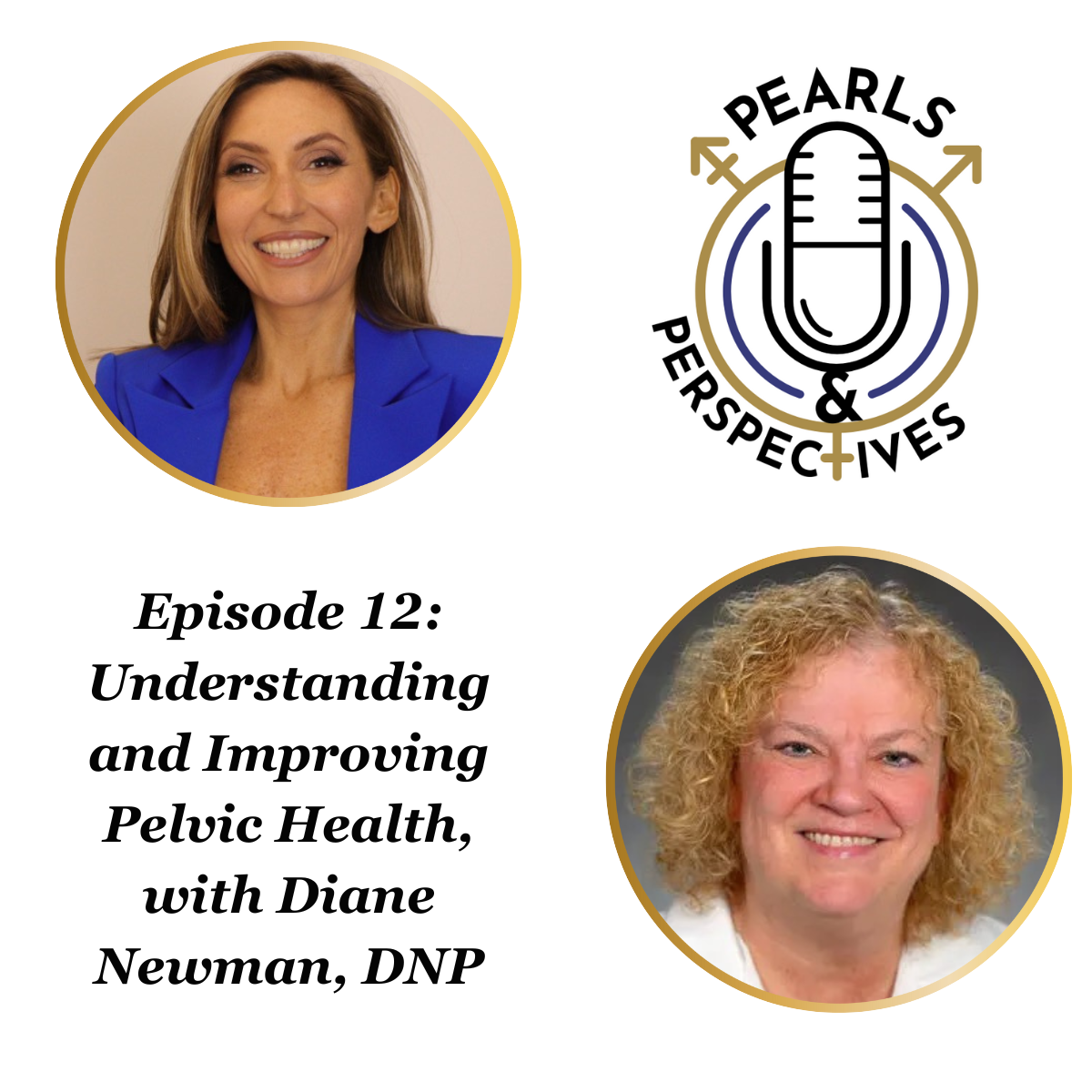Article
Data suggest sources of chronic, acute pain differ
Baltimore--As the focus on pelvic pain syndromes moves away from the organs to the nervous system, researchers such as Ursula Wesselmann, MD, PhD, are trying to find out how acute pain develops into chronic pain.

At the NIDDK-sponsored Chronic Pelvic Pain/Chronic Prostatitis Scientific Workshop here, Dr. Wesselmann argued that chronic pain should itself be considered a disease because it often is not directly related to an initial injury, but to secondary changes to which some patients are more susceptible, possibly because of their genetic makeup.
"Pain is not a hardwired system. Chronic pain is an expression of neuroplasticity," said Dr. Wesselmann, who is an associate professor of neurology, neurological surgery, and biomedical engineering at the Johns Hopkins University School of Medicine Blaustein Pain Treatment Center in Baltimore. She and other researchers are beginning to discover how those nervous system changes occur in chronic pain and pelvic pain specifically.
In addition, with pelvic pain syndromes, pain is referred to somatic areas from the viscera, so back pain and leg pain tend to occur with pelvic and urogenital pain. More general pain mechanisms that are not yet fully understood often are altered in patients with pelvic pain. These individuals experience migraine and fibromyalgia more often than do the general population, for example.
Origins of pain response
Dr. Wesselmann has investigated development of referred pain and hyperalgesia (pain response larger than the stimulus usually warrants) in rat models of chronic pelvic pain (Pain 1997; 73:309-17, Neurosci Lett 1998; 246:73-6). After noxious substances were injected into the uterus of the rats, the animals demonstrated pain behaviors intermittently, but after 5 days, they behaved normally.
Subsequently, the research team produced irritation in the vaginas of those same rats and in rats that had not had previous uterine irritation, after which they looked for C-fos immunoreactive neurons in the spinal cord, an indicator of response to a noxious stimulus. After vaginal irritation, the expected neurons in spinal segments L6 and S1, where vaginal innervation projects, did respond in all rats. However, in the rats that had previous irritation of the uterus (with innervation projecting from T12 to L2), vaginal irritation produced an exaggerated response with C-fos expression all the way up the spinal cord to T10 (Progress in Pain Research and Management 2000; 16:581-8).
These results have their corollary in humans, Dr. Wesselmann pointed out. In immunologic and other studies reported in the literature, patients who have chronic pelvic pain often are those who previously had experienced an initial pelvic inflammatory event from which they recovered. Eventually, however, they developed a chronic pelvic pain syndrome.
"It could be hypothesized that something as simple as a vaginal yeast infection could trigger in such a patient a chronic pelvic pain syndrome," Dr. Wesselmann said. "So there's central sensitization and memory in the spinal cord that when a second painful stimulus comes, the response is exaggerated."
Environment affects pain
In her rat models of chronic pain, Dr. Wesselmann also has found that environment influences the degree of response to a noxious stimulus. In one experiment, rats were raised in either an "enriched" environment, a cage system larger than standard that included toys, or in standard cages, which simply supplied food, water, and bedding. After uterine inflammation, rats raised in the enriched environment showed much less pain behavior than those raised in standard cages (11th World Congress on Pain, abs. 48).
Although reluctant to project those results on humans, Dr. Wesselmann suggested they indicated the need for research to answer the question: Is it possible to predict which patients will be at risk of chronic pain syndromes? Current research indicates that type of injury, age, genetics, and gender may play roles. Answering that question could lead to interventions in the development of chronic pain.
Newsletter
Stay current with the latest urology news and practice-changing insights — sign up now for the essential updates every urologist needs.
















